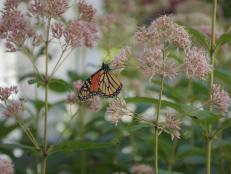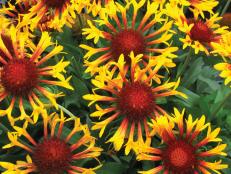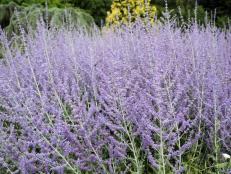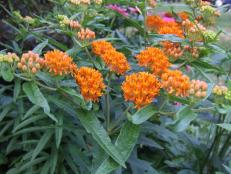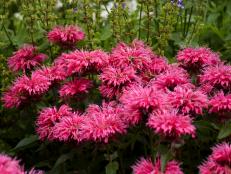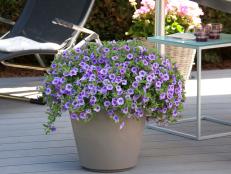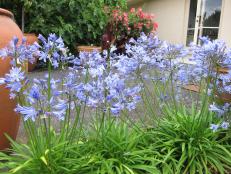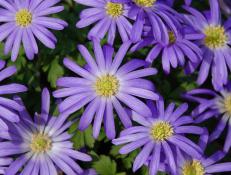Festive ‘Fireworks’ Goldenrod

Image courtesy of the Atlanta Botanical Garden

Have you heard the explosion of fireworks in the garden?
No, we’re not talking a belated July Fourth celebration. We’re talking goldenrod in all its blazing yellow flames that emerge in late summer and early fall. One variety in particular, ‘Fireworks’—with its arching spires of brilliant golden flower clusters—couldn’t be more aptly named.
Although hailed as a prized perennial in the garden, goldenrod, Solidago, is considered a wildflower, even a weed by some, because of its prolific growth along roadsides, in swamps and in woodlands. With more than 50 species in North America alone, it’s difficult to tell most of them apart. All are late bloomers, and most feature flowers clustered along long branches with narrow green leaves.
One of the most popular varieties for home gardens is Solidago rugosa ‘Fireworks’. Hardy in zones 4-8, this tough plant grows to 3 to 4 feet tall and prefers full sun. Like most goldenrods, it’s drought tolerant and not picky about soil, adapting well to both moist and dry sites. Plant it against a backdrop of dark evergreens or burgundy-leafed plants so that its bright yellow flowers pop in an even grander explosion of color.
Bees flock to ‘Fireworks’ like crazy. In fact, goldenrods in general are known for attracting wildlife, especially insects. Bees and butterflies are drawn to its nectar and pollen, and wasps, spiders and birds prey on them.
One final note: While goldenrod is often blamed for fall allergies, its pollen is not the cause. The enemy is ragweed, which blooms at the same time.







